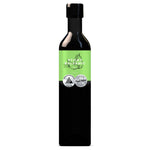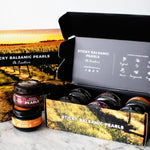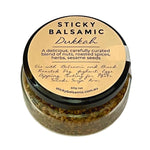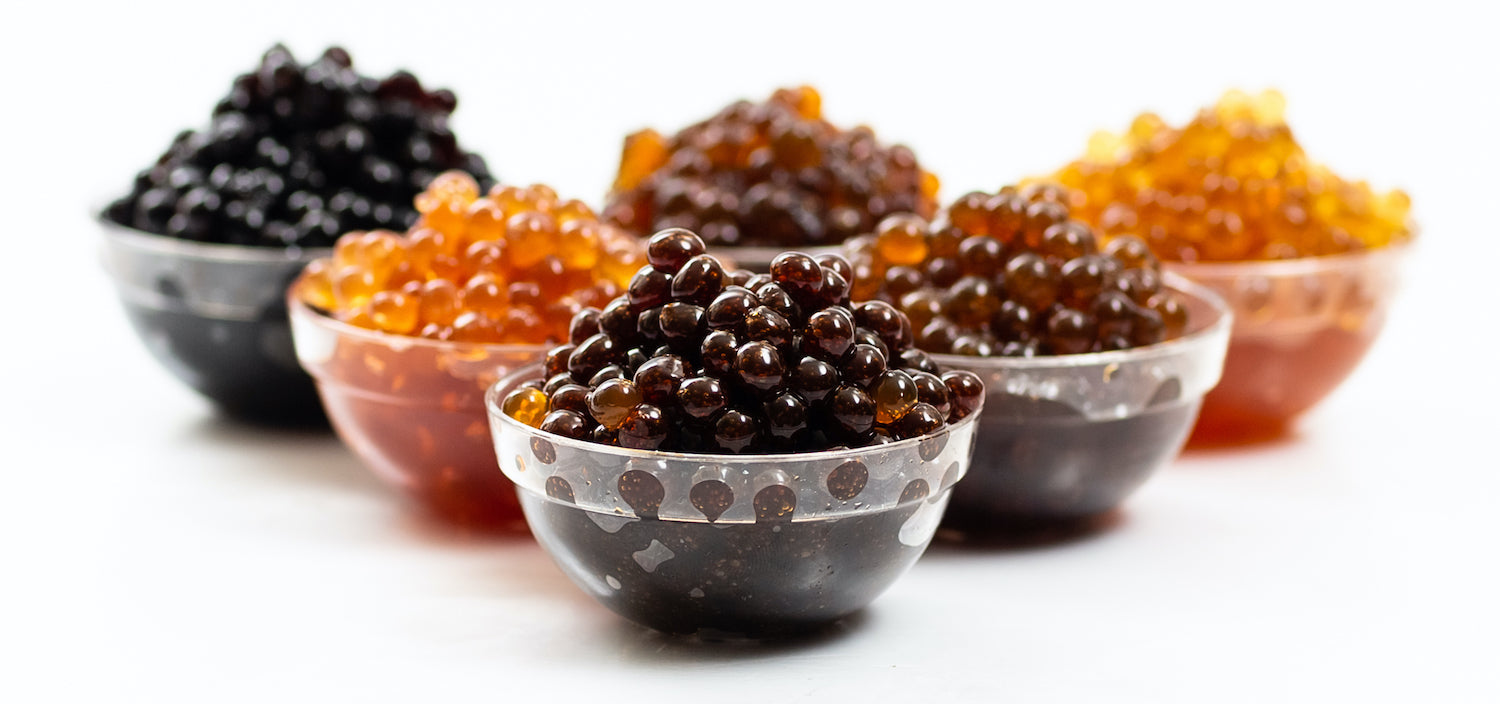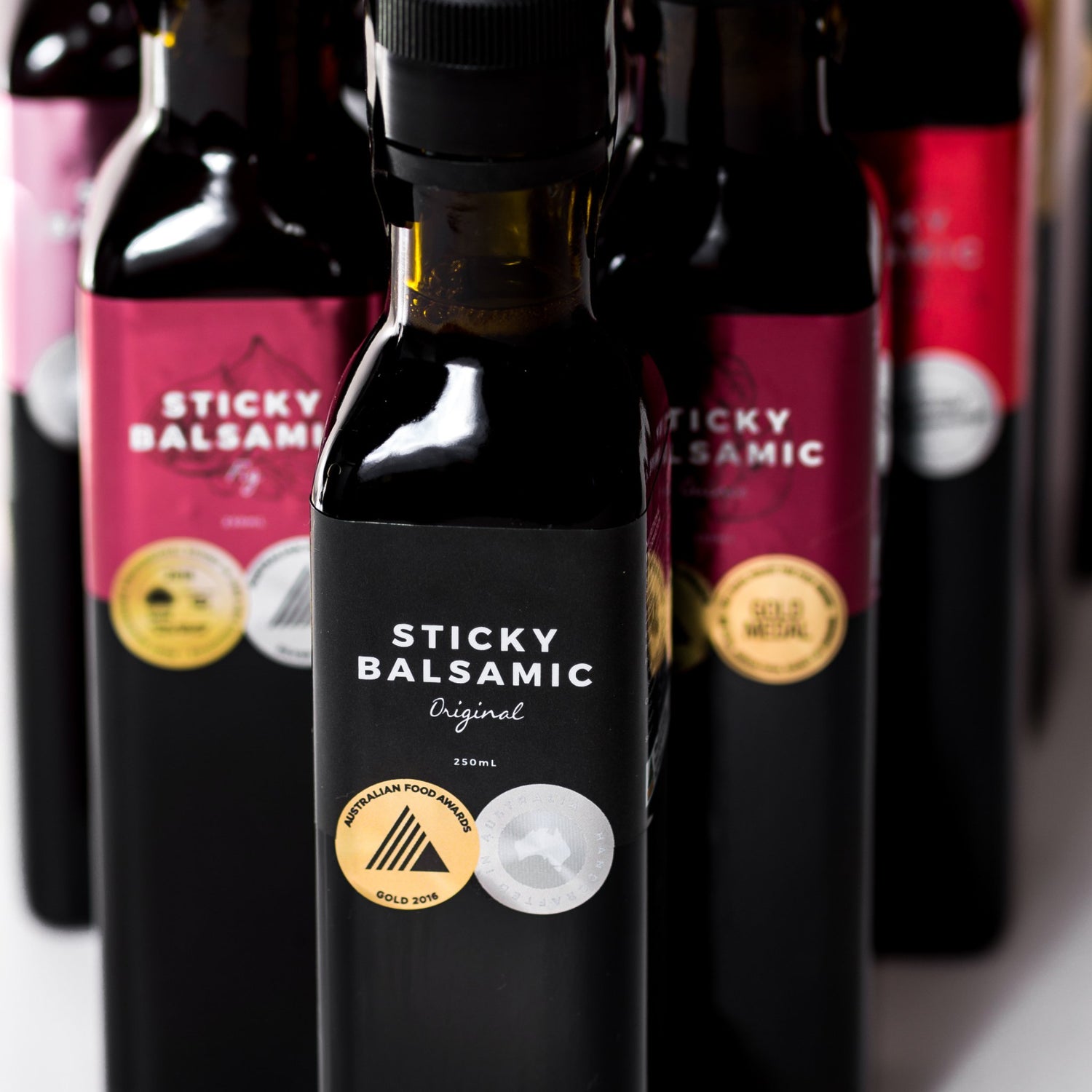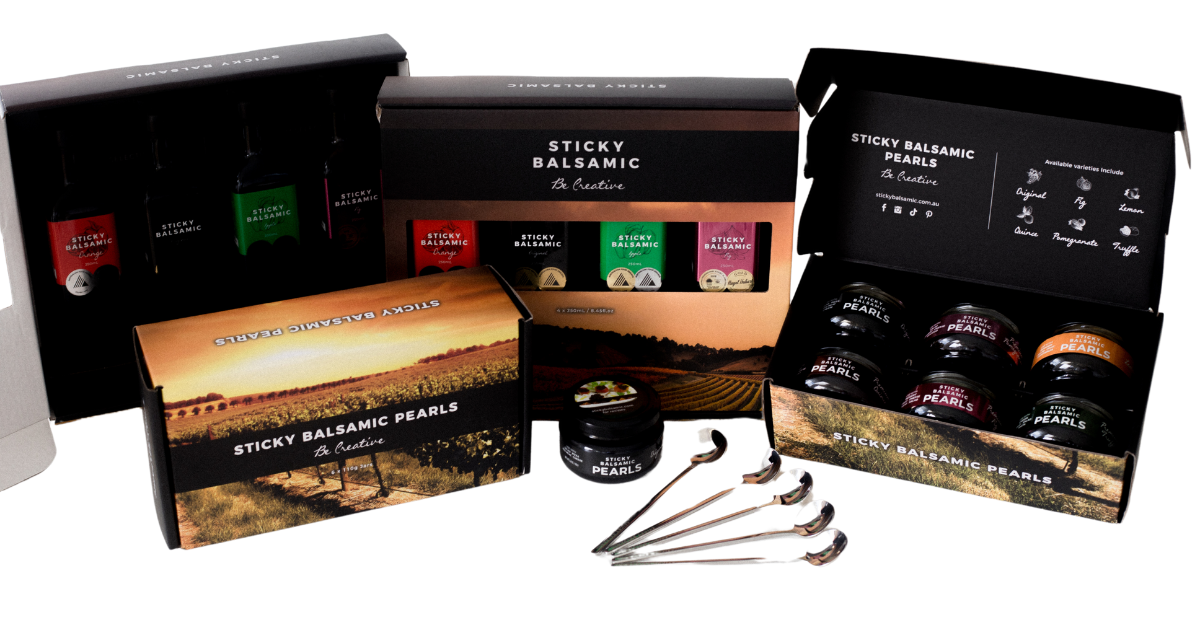The Science of Citrus Enhancement: How Molecular Gastronomy Transforms Flavor
Citrus fruits have captivated our palates for centuries, but what if we told you that science could amplify their natural brilliance to unprecedented levels? Welcome to the fascinating world of citrus enhancement through molecular gastronomy – where chemistry meets culinary artistry to create flavor experiences that transcend traditional cooking.
Understanding Citrus at the Molecular Level
At its core, citrus enhancement begins with understanding the complex molecular structure of citrus fruits. Lemons, oranges, limes, and their citrus cousins contain over 400 different volatile compounds that contribute to their distinctive flavors and aromas. The primary players include limonene (responsible for that fresh citrus scent), citric acid (providing tartness), and various esters and aldehydes that create depth and complexity.
Traditional cooking methods often break down these delicate compounds through heat exposure, oxidation, or dilution. This is where molecular gastronomy steps in, offering techniques that preserve and even intensify these precious flavor molecules.
The Encapsulation Revolution
One of the most groundbreaking advances in citrus enhancement is flavor encapsulation – the process of trapping citrus essences within protective spheres. This technique, pioneered in molecular gastronomy laboratories, allows chefs and food scientists to create concentrated bursts of citrus flavor that remain stable until the moment of consumption.
The science behind encapsulation involves creating a gel membrane. When citrus extracts are encapsulated within these spheres, they're protected from environmental factors that typically degrade flavor compounds. The result? Intense citrus flavor that explodes on the palate with remarkable brilliance.
Temperature and pH: The Critical Factors
Citrus enhancement isn't just about encapsulation – it's about understanding how temperature and pH levels affect flavor perception. Research shows that citrus compounds behave differently at various temperatures. For instance, limonene becomes more volatile at room temperature (20°C/68°F), releasing more aromatic compounds, while cooler temperatures (4°C/39°F) preserve the delicate balance of acids and sugars.
pH manipulation is equally crucial. By carefully adjusting acidity levels, food scientists can enhance certain flavor notes while suppressing others. A slightly higher pH can reduce harsh tartness while amplifying sweet citrus notes, creating a more balanced and sophisticated flavor profile.
The Role of Texture in Flavor Enhancement
Modern molecular gastronomy has revealed that texture plays a crucial role in how we perceive citrus flavors. The contrast between a firm outer membrane and liquid interior – as found in specialized citrus pearls, such as Sticky Balsamic Lemon Pearls – creates a unique sensory experience that intensifies flavor perception. This textural element triggers multiple taste receptors simultaneously, creating what scientists call "flavor amplification."
Applications in Modern Cuisine
The science of citrus enhancement has opened new possibilities in culinary applications. Chefs can now add intense citrus bursts to dishes without introducing excess liquid or overwhelming acidity. From garnishing delicate seafood dishes to enhancing desserts and cocktails, encapsulated citrus, when using Sticky Balsamic Lemon Pearls, provides unprecedented control over flavor delivery.
The Future of Citrus Innovation
As our understanding of flavor science continues to evolve, we're seeing exciting developments in citrus enhancement. Researchers are exploring how different citrus varieties respond to encapsulation, investigating the potential for creating hybrid citrus flavors, and developing new techniques for extending shelf life while maintaining flavor integrity.
Sustainable Citrus Enhancement
The science of citrus enhancement represents a perfect marriage of traditional flavors and cutting-edge technology. As molecular gastronomy continues to evolve, we can expect even more innovative ways to capture, preserve, and enhance the vibrant essence of citrus fruits.
Whether you're a professional chef exploring new culinary frontiers or a home cook interested in elevating your dishes, understanding and utilising the science behind citrus enhancement, such as Sticky Balsamic Pearls, opens up a world of flavor possibilities that were unimaginable just decades ago.


